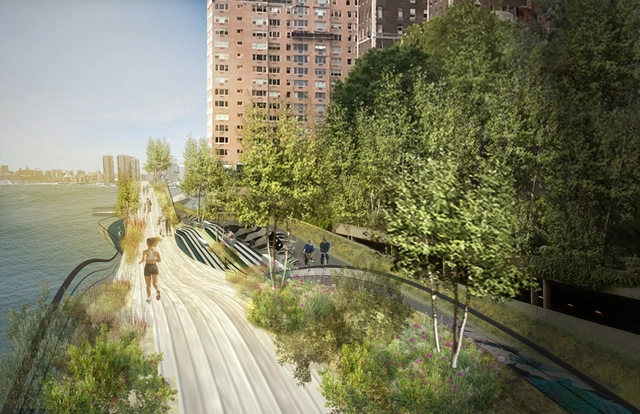
Urban landscapes are shaped by the infrastructure we prioritize, reflecting the needs and values of society at a given moment in time. One striking example of this evolution is Portland's Harbor Drive—a highway that was once an artery of heavy automobile traffic but was later demolished to make way for a waterfront park. This transformation not only reshaped downtown Portland, Oregon, United States but also marked a significant milestone in urban planning: the removal of a major highway in favor of public space. Harbor Drive's story set the stage for a growing trend of reducing urban traffic infrastructure and reimagining cities for people rather than cars.



















